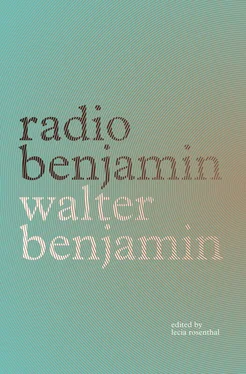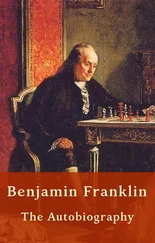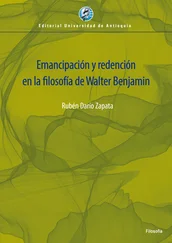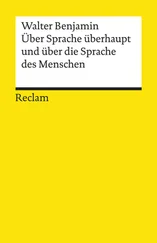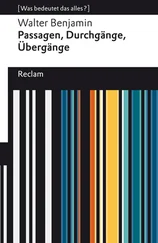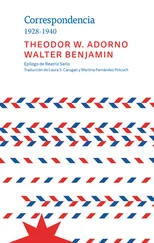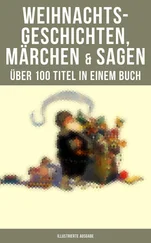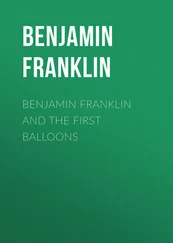Radio — and this is one of its most notable consequences — has profoundly transformed this state of affairs. On the strength of its unprecedented technological potential to address unlimited masses simultaneously, popularization has outgrown its well-meaning, humanistic intentions and become an endeavor with its own formal laws, one that has elevated itself just as markedly from its former practice as did modern advertising technology in the previous century. In terms of experience, this implies the following: popularization in the old style took its point of departure from a sound basis of scholarship, imparted in the same way that scholarship itself had developed it, but with the omission of more difficult lines of thought. The essence of this form of popularization was omission; by and large its layout remained that of the textbook, with its main parts in large print and its excursus in small. However, the much broader, yet also much more intensive popularity sought by the radio cannot content itself with this approach. It demands a total transformation and rearrangement of the material from the standpoint of popular relevance. It does not, therefore, suffice to attract interest with some timely inducement, only to once again offer the curious listener what he can hear in any old lecture hall. To the contrary, everything depends on convincing him that his own interests possess objective value for the material itself; that his questions, even when not spoken into the microphone, call for new scholarly findings. In this way, the external relationship between scholarship and popularity that prevailed before is supplanted by an approach that scholarship itself cannot possibly forgo. For here is a case of a popularity that not only mobilizes knowledge in the direction of the public, but mobilizes the public in the direction of knowledge. In a word: true popular interest is always active; it transforms the substance of knowledge and has an impact on the pursuit of knowledge itself.
The livelier the form in which such an educational endeavor claims to proceed, the more indispensable the demand that a truly lively knowledge unfold, and not just an abstract, unverifiable, and general liveliness. This applies especially to the radio play, insofar as it has an instructive character. The literary radio play in particular is as little served by the arts-and-crafts cobbling together of so-called conversations, plucked from anthologies and from excerpts of works and letters, as by the dubious audacity of having Goethe or Kleist at the microphone, reciting the words of the script writer. And because the one is as questionable as the other, there is only one way out: to address the scholarly questions directly. And that is what I am aiming for in my experiment. 2It is not the heroes of German intellectual history themselves who make an appearance, nor did it seem appropriate to make heard the greatest possible number of excerpted works. In order to gain depth, the superficial was taken as a point of departure. The aim was to present the listeners with what is in fact so prevalent and so gratuitous that it invites this typification: not the literature, but rather the literary conversation of the day. Yet this conversation, unfolding in coffeehouses and at fairs, at auctions and on strolls, was preoccupied with poetry schools and newspapers, censorship and the book trade, secondary education and lending libraries, Enlightenment and obscurantism in unforeseeably diverse ways; this conversation simultaneously maintains an intimate relationship to the questions posed by an advanced literary scholarship ever more concerned with researching the historical factors that determined literary production. To reconstruct the debates over book prices, newspaper articles, lampoons, and new publications — in themselves the most superficial debates imaginable — is anything but superficial as a scholarly undertaking, for such retroactive invention also makes considerable demands on the investigation of facts with respect to their sources. In short, the radio play in question strives for the closest possible contact with the research recently undertaken in so-called audience sociology. It would see its highest confirmation in being able to captivate the specialist no less than the layman, even if for different reasons. And with that, the concept of a new popularity appears to have found its simplest definition.
“Zweierlei Volkstümlichkeit: Grundsätzliches zu einem Hörspiel,” GS, 4.2, 671–3. Translated by Jonathan Lutes and Diana K. Reese.
Published in the radio magazine Rufer und Hörer, September 1932.
1Benjamin refers to his own play, What the Germans Were Reading While Their Classical Authors Were Writing, an excerpted version of which was published with “Two Kinds of Popularity” in the radio journal Rufer und Hörer in September, 1932.
2See Benjamin, What the Germans Were Reading While Their Classical Authors Were Writing.
CHAPTER 43. The Situation in Broadcasting
The chaos of programs is inefficient and confusing. To address this problem, each station’s programming will now be broadcast on several other stations. So far so good, in terms of a simplification of the work involved; however, the following is now occurring: the many large stations abroad are interfering with the reception of the smaller German stations, to such a degree that their radius is limited to only forty or fifty kilometers. Conferences have been arranged to eliminate these disturbances through a sensible allocation of wavelengths. Without waiting for the results of these conferences, it has now been decided to build nine or ten large broadcasting stations, allegedly to ensure that reception will be free of disturbances. (Of course, there will again be separate programming for these stations. What is simplified at one extreme is lost at the other. A victory for double-programming across the board.) But the real reason for building these stations lies elsewhere: in politics. Long-range propaganda instruments are desired in case of war.
“Situation im Rundfunk,” GS, 2.3, 1505. Translated by Jonathan Lutes.
Unpublished during Benjamin’s lifetime. Likely written between 1930 and 1932. For further context, see the exchange of letters between Benjamin and Schoen from April 1930, where they discuss Benjamin’s plan to publish, in the Frankfurter Zeitung, an essay on the current political issues in broadcasting (GS, 2.3, 1497–505). This essay was, apparently, never realized. Benjamin’s comments also register an acknowledgment or anticipation of the reorganization of radio under the Papen government, introduced in the summer of 1932, which transferred control over broadcasting to the state and prepared the way for the takeover of the airwaves by the Nazis at the end of January, 1933.
CHAPTER 44. Listening Models
The underlying purpose of these models is a didactic one. The subject matter of the instruction consists of typical situations taken from everyday life. The method of the instruction is to juxtapose example with counterexample.
The speaker appears three times in each listening model: at the beginning he announces to the listeners the topic that will be covered; he then introduces to the audience the two partners who appear in the first part of the listening model. This first part contains the counterexample: how not to do it. After the first part, the speaker returns. He indicates the mistakes that were made. He then introduces the listeners to a new figure, who will appear in the second part and show how the same situation can be handled successfully. At the end the speaker compares the wrong methods with the right ones, and frames the moral.
Thus, no listening model has more than four principal voices: 1) that of the speaker; 2) that of the model figure, who is identical in the first and second parts; 3) that of the inept partner in the first part; 4) that of the adept partner in the second part.
Читать дальше
